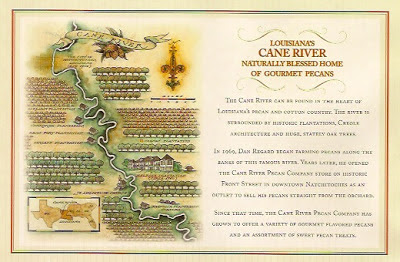 |
| Darrell Bourque |
Later, after reading my newest book of poetry, Everything Is Blue, Darrell selected “In Memory of Mint” and “Drought” to read on his radio show this coming year. I’m honored to join Darrell’s cast of poets and to celebrate the efforts of this outstanding Louisiana poet whose authentic voice has inspired so many fellow poets.
Darrell once wrote “I think the poet has at least as one of his jobs to remind us that there is something miraculous in the everyday.” He might have added that he does something daily to remind us that poetry is necessary for the human spirit – through poetry workshops, public readings and a radio show, as a sponsor for poetry programs in libraries and community centers, and most recently, Darrell read to help celebrate “100 Thousand for Poets for Change,” a program of poetry, music and art focusing on Freedom of Speech, peace, environmental issues, and social concerns. This event touts poets as the “unacknowledged legislators of the world who often spread the real news.” In 2011, 650 Poets for Change events were held in 95 countries, and in Mexico City, poets read in an attempt to "encourage reflection and creative responses against systemic violence."
 Darrell was not only a former poet laureate of Louisiana, he’s Professor Emeritus in English at the University of Louisiana in Lafayette and has broadcast on “Poets for Living Waters,” served as president of the National Association for Humanities Education and as editor-in-chief of this association’s journal. He has been instrumental in supporting the work of the “Festival of Words” in Grand Coteau, Louisiana and was director for the project, “Significant Voices” which featured young African American writers from Louisiana. An annual award, the Darrell Bourque Award, has been established by the Louisiana Conference on Literature, Language and Culture. Darrell’s latest chapbook, Holding the Notes, was published by Chicory Bloom Press, and he has just completed a collection of poems about the coming of the Acadians to south Louisiana that will be published by the ULL Press in Lafayette, Louisiana.
Darrell was not only a former poet laureate of Louisiana, he’s Professor Emeritus in English at the University of Louisiana in Lafayette and has broadcast on “Poets for Living Waters,” served as president of the National Association for Humanities Education and as editor-in-chief of this association’s journal. He has been instrumental in supporting the work of the “Festival of Words” in Grand Coteau, Louisiana and was director for the project, “Significant Voices” which featured young African American writers from Louisiana. An annual award, the Darrell Bourque Award, has been established by the Louisiana Conference on Literature, Language and Culture. Darrell’s latest chapbook, Holding the Notes, was published by Chicory Bloom Press, and he has just completed a collection of poems about the coming of the Acadians to south Louisiana that will be published by the ULL Press in Lafayette, Louisiana.
Here’s my poem, “Drought,” published in Everything Is Blue, which Darrell singled out as “one of the five best poems you’ve written” and which he’ll read on “From the Poet’s Bookshelf” in 2013:
Grasshoppers hiding in the forest
sing Requiem for a dried frog
splayed on the mossy back steps;
thrashers dart in the understory
of trees whose yellow/bronze leaves
have fallen before the Fall.
The doe appears,
her scorched eyes beseeching,
and stands unmoving for moments,
a stance posing the question
of her starving distress:What do you know of hunger and loss?
This life offers no safety.
Wind ruffles the leaves
of the defiant persimmon tree
making shadows on its own bark,
but the doe remains standing,
licking the underside of her fawn,
a brazen figure in dry straw,
unsettling boundaries of forest and yard.
She watches for the orange sun to set,
listening for a spring to erupt
from the bony soil of mountain,
searches for a victor in the dust,
the earth bubbling up,
making leaves fresh and sweet,
a miracle to satisfy her trembling desire.
Photograph of Darrell Bourque by Vickie Sullivan. Cover of Everything Is Blue from a painting by my brother, Paul Marquart.






















